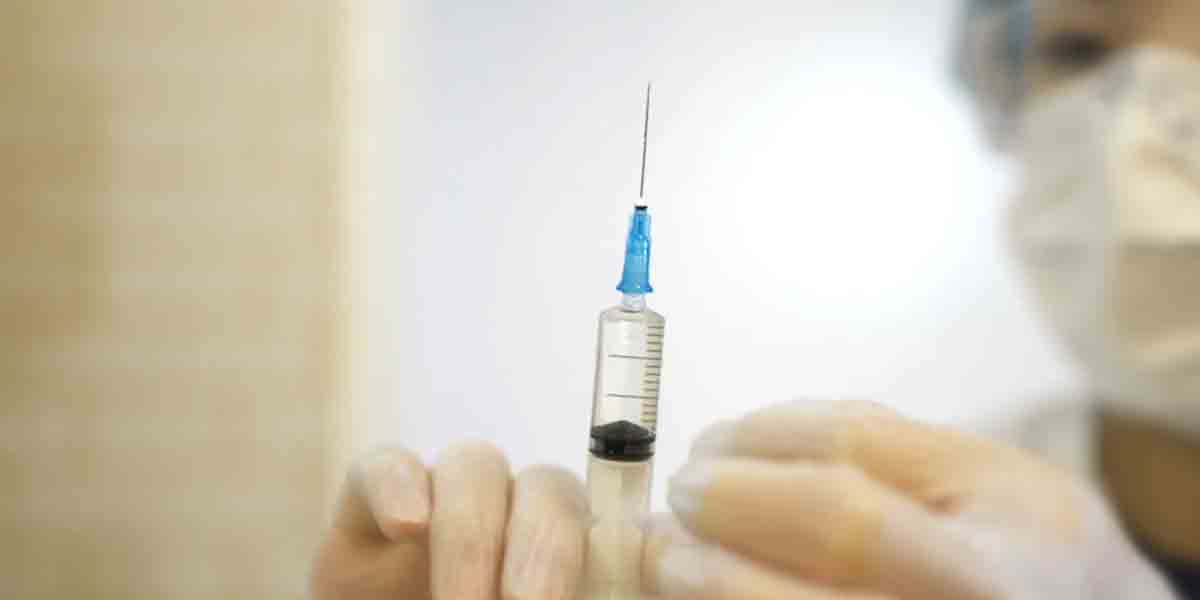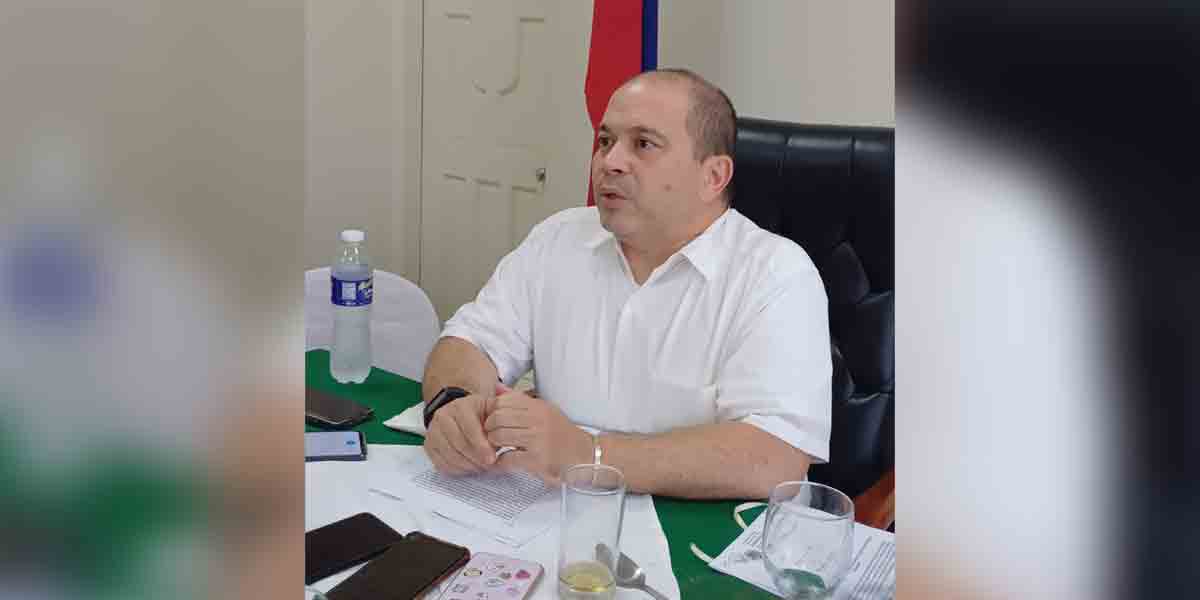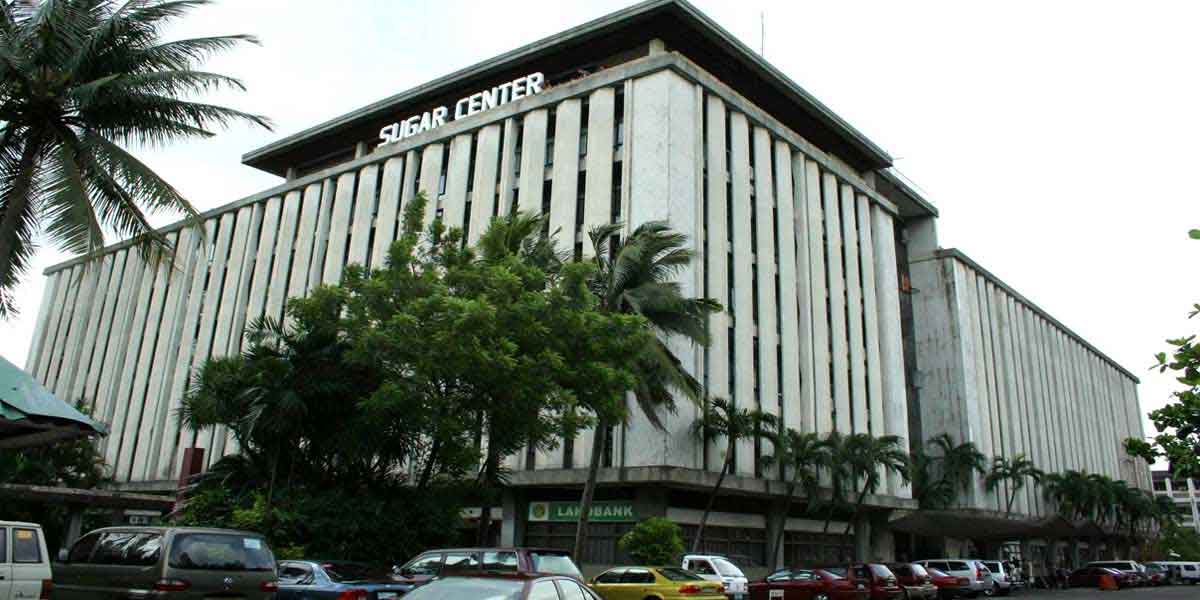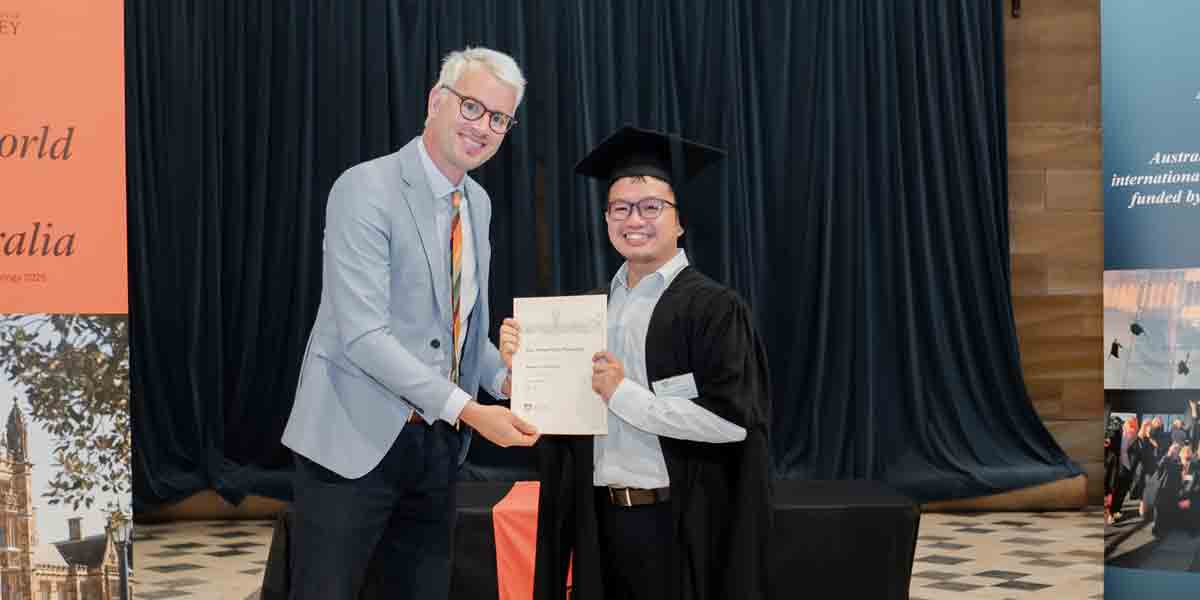 By Engr. Edgar Mana-ay
By Engr. Edgar Mana-ay
HOUSTON, Texas, USA – In the recent squabble between Pres. Duterte and the two water utilities in Metro Manila, namely Manila Water of the Pangilinan group and Maynilad of the Ayala group, one of the compelling and legitimate issues raised by DU30 is the lack of a comprehensive (only partial) sewage gathering and treatment plant for both
entities.
As DU30 pointed out, spending billions to clean up Manila Bay will be an exercise in futility if all the esteros and canals continue to dump its dirty and poisonous sewage into Manila Bay. The two giant companies cannot deny this accusation because it is true and constitute a violation of the contract awarded to them by MWSS.
More so in Metro Iloilo, MIWD does not have even a meter of pipe collecting the sewage or wastewater from its consumers even just for the City proper alone. One of the requirements during the bidding for the Joint Venture Agreement with MIWD is that the winning partner put up a sewage gathering system and treatment plant within two years upon the effectivity of the partnership. This until now has not even started.
Understandably this is a difficult task for the winning bidder, Manila Waters, to do now in Iloilo City because NEW pipelines will be installed to gather the sewage and wastewater and bring it to an STP or Sewage Treatment Plant. Manila Waters/MIWD consortium cannot even repair their existing leaking pipes, how much more install new lines for sewage gathering for the entire city which will require breaking up many newly concreted roads!
This writer was part of one of the many rival companies who submitted a formal bid for the Joint Venture Agreement (but lost) and my assignment was to prepare the sewage gathering system and treatment plan which of course includes the detailed system proposal and its costs.
In fact, in my proposal, to save on freshwater resource, I have designed that the treated effluent (sabaw in Illongo) of the Sewage Treatment Plant (STP) be pumped into a known underground aquifer where nature (the soil horizon) will do the final cleansing to supply wells in the city. This was called Aquifer Storage and Recharge (ASR), a new and novel method of conserving freshwater, instead of discharging processed effluents to the sea where it will become salty and of no use to man.
If it is of any consolation, the Municipal or City Engineer in Metro Iloilo requires only a standard two-compartment septic vault or poso negro for residential and most of the small commercial and industrial establishments. But the effluent of this system which is discharge towards public canals and drainage is still full of harmful bacteria and chemicals that can cause diseases to spread. And there are even private and public toilets and baths in the city like that at the back of Super Market which discharges its RAW wastes into the City canals, then towards the sea and this is most dangerous to public health.
Residents in Metro Iloilo could follow my drainage system IF they have a large clay soil backyard. This writer had constructed a series of four interconnected sinkholes of about 6 feet deep where the effluent from my poso negro is dispersed without flowing out of my yard to load the public canal.
ALL my sewage is settled underground to recharge the perch water table which in return I pumped out through an open well about 25 meters away from the nearest sinkhole for my water supply. This in effect is 100 percent water recycling. Never adopt this system if you live in Villa Beach because the soil horizon is SANDY and does not possess the adsorbent property to filter out bacteria.
NEVER take a dip in the sea from Fort San Pedro up to Villa Beach because as proven many times in the past by DENR, E. coli count in the water is dangerously high! I don’t know NOW if the Provincial Capitol and City Hall have state of the art sewage treatment plant (STP) like the Sewage Biological Reduction (SBR) which produces a very clean effluent before discharging its wastes into the Iloilo River, if none, then the government itself will be the biggest polluter of Iloilo River.
SBR is now used by big establishments in the Ungca II new growth areas such as Robinson Mall and City Mall. They use bacteria to break down or reduce their sewage into a cleaner effluent that can now be safely discharged into the Jaro river.
Here in Houston, the local water utility gathers sewage and wastewater thru a pipeline system alongside the clean water line at an average of 945,000 cubic meters per day (cmd) of sewage and process it in 39 Sewage Treatment Plant (STP) using the Activated Sludge Process (ASP) strategically located throughout the City whose area is as large as Iloilo Province itself.
Biosolids produced are heat dried to produced Class “A” organic, nutrient-rich fertilizer in pellet form at about 32,000 dry tons per year. As a comparison MIWD supplies about 60,000 cmd net of losses (NRW) to its Metro Iloilo consumers and of course with NO sewage gathering system.
The Houston sanitary sewer collection system for over 2.1 million people consists of 6,100 miles of pipes and 383 lift pumps. The treated water is then returned to the Bayous and Lakes which aids in the recharging of the perch water table through natural infiltration. Bayous and lakes are man-made and interconnected throughout the City and its discharge to the sea is controlled.
During frequent drought, more discharges are made to reduce the salinity of seawater in the Gulf of Mexico to protect the crustacean (shrimps, lobster, and crabs) industry. In addition, Houston Water Works (would you believe it that it is just a DEPARTMENT of Houston Public Works) also operate and maintain 18 stormwater (the runoff during heavy rains) underpass pump stations to ensure underpasses does not flood during heavy rains.
We are light-years away in terms of sewage collection and treatment. Can our government act now?




















